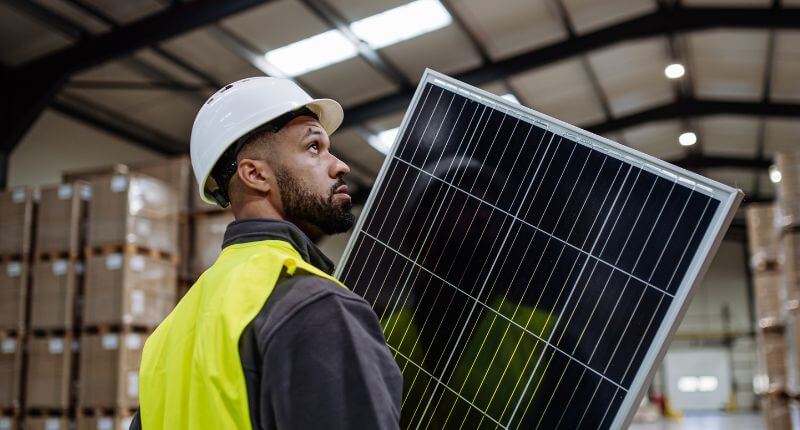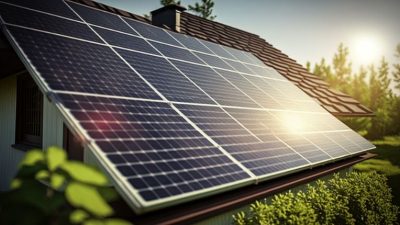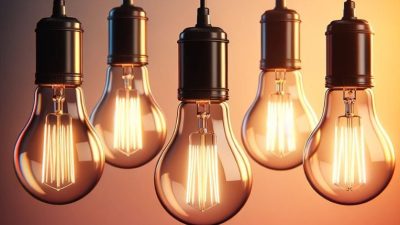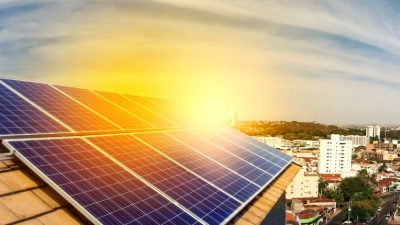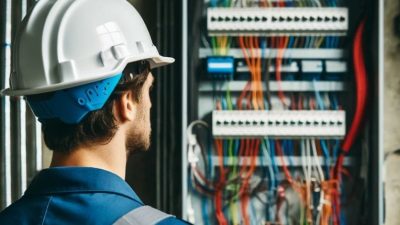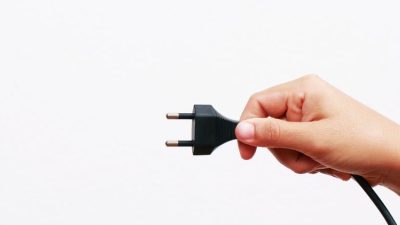When we start considering the installation of solar panels, it is common to encounter a number of technical terms that may seem confusing at first. Two of the most important concepts you will hear are “peak power” and “rated power”. Although they sound similar, each plays a key role in the performance of your solar installation.
In this article, we’ll break down in simple terms what these terms mean and how they affect the power output of your panels. So, if you’ve ever wondered why the power rating of your inverter matters or whether it’s worth installing panels with more peak power, you’ve come to the right place.
What is Peak Power?
Peak power (Wp) is the maximum amount of energy that a solar panel can produce under ideal conditions. These conditions include a temperature of 25 degrees Celsius, a solar irradiance of 1000 W/m², and an air mass of 1.5. Under these circumstances, solar panels reach their maximum output, but this does not mean that every day they will produce that amount of energy.
Imagine a perfect day, with the sun shining cloudlessly and at the perfect angle: that is the ideal situation for your panels to reach their “peak power”. In reality, weather conditions, the angle of the sun’s rays and other factors will affect how much power is actually generated.
Now, why is peak power important? Simple: because it is an indicator of the maximum output your panels can deliver. For example, if a panel has a peak power of 400 Wp, it means that in ideal conditions it can generate up to 400 watts of electricity. This is essential for calculating how many panels you will need to cover your energy consumption.
What is Rated Power?
The power rating, on the other hand, refers to the capacity of the inverter, which is the component responsible for converting the electricity your panels generate (direct current) into electricity you can use at home (alternating current). In simple terms, the power rating tells you how much power the inverter can handle at any given time.
For example, if you have an inverter with a power rating of 4 kW, this means that it can handle up to 4 kilowatts of power at any given time. Even if your panels generate more power, the inverter will only be able to transform up to that amount. So even though the panels may have a higher peak power, the real limit is set by the inverter’s rated power.
Ratio of Peak Power to Rated Power
This is a question that often arises: if the inverter can only handle the rated power, why is it recommended to install more peak power? The answer lies in how the energy production behaves throughout the day.
Solar energy is not produced constantly. During the day, energy production follows a curve: it starts low, rises as the sun approaches its highest point and then falls. For this reason, having a higher than nominal peak power allows you to make the most of the hours of highest irradiance, where the system is closest to its maximum capacity.
For example, if you have a system with a rated output of 4 kW and a peak output of 4.4 kW, you will be able to generate more energy during times of maximum sunshine, maximising the inverter’s output. Although there will be a small percentage of energy that is not utilised, the most important thing is that you will be optimising your total energy production throughout the day.
Maximisation of the Nominal Power with adequate Peak Power
As we have seen, the peak power of the solar panels can be higher than the rated power of the inverter. There is a very logical reason for this: the sun does not always shine with the same intensity, and it is important that the inverter is prepared to make the most of the energy that the panels can generate during the hours of highest irradiation.
To understand this better, imagine a sunny day. Your solar panels are receiving the maximum amount of radiation and could produce more energy than the inverter can handle at that moment. Even if some of that energy is not harnessed, the system will be operating at full capacity at the best time of the day.
Oversizing the peak power of your solar panels is a common strategy to ensure that, on sunny days, your inverter works at 100% capacity for longer. This is especially useful in climates with a lot of variability, where there may be hours of intense sunshine that are best maximised.
Articles that may be of interest to you:
- https://solarmente.es/en/blog/solar-panels-in-winter/
- https://solarmente.es/en/blog/how-much-energy-does-a-solar-panel-produce/
- https://solarmente.es/en/blog/what-happens-to-solar-panels-when-it-rains-or-snows/
- https://solarmente.es/en/blog/solar-panels-orientation-inclination/
While the choice of components is crucial, equally important is the installation. A certified installer will ensure that the entire system is designed and installed correctly, ensuring that it complies with local regulations and operates efficiently.
This is where we at SolarMente come in. Our team of experts not only help you choose the best panels and the right inverter, but also guarantee a professional installation that maximises the performance of your system from day one. We make sure your solar investment is a long-term success, with a system tailored to your needs.

